The Skeletal System
The skeletal system—nature’s architectural masterpiece! It’s not just a rigid frame holding you up like coat hangers for muscles and skin. It’s a dynamic, living structure that supports, protects, and even produces crucial elements for your body.
Here’s a quick snapshot of its roles:
- Support: It provides the framework that maintains the body’s shape.
- Protection: Your skull shields your brain, your ribs guard your heart and lungs.
- Movement: Bones team up with muscles to make motion possible.
- Mineral Storage: It’s a bank for calcium and phosphorus.
- Blood Cell Production: The bone marrow produces red and white blood cells over time.
- Energy Storage: Yellow marrow stores lipids—yes, bones have fat!
There are 206 bones in an adult human body, but you’re born with about 270. Some fuse together as you grow.
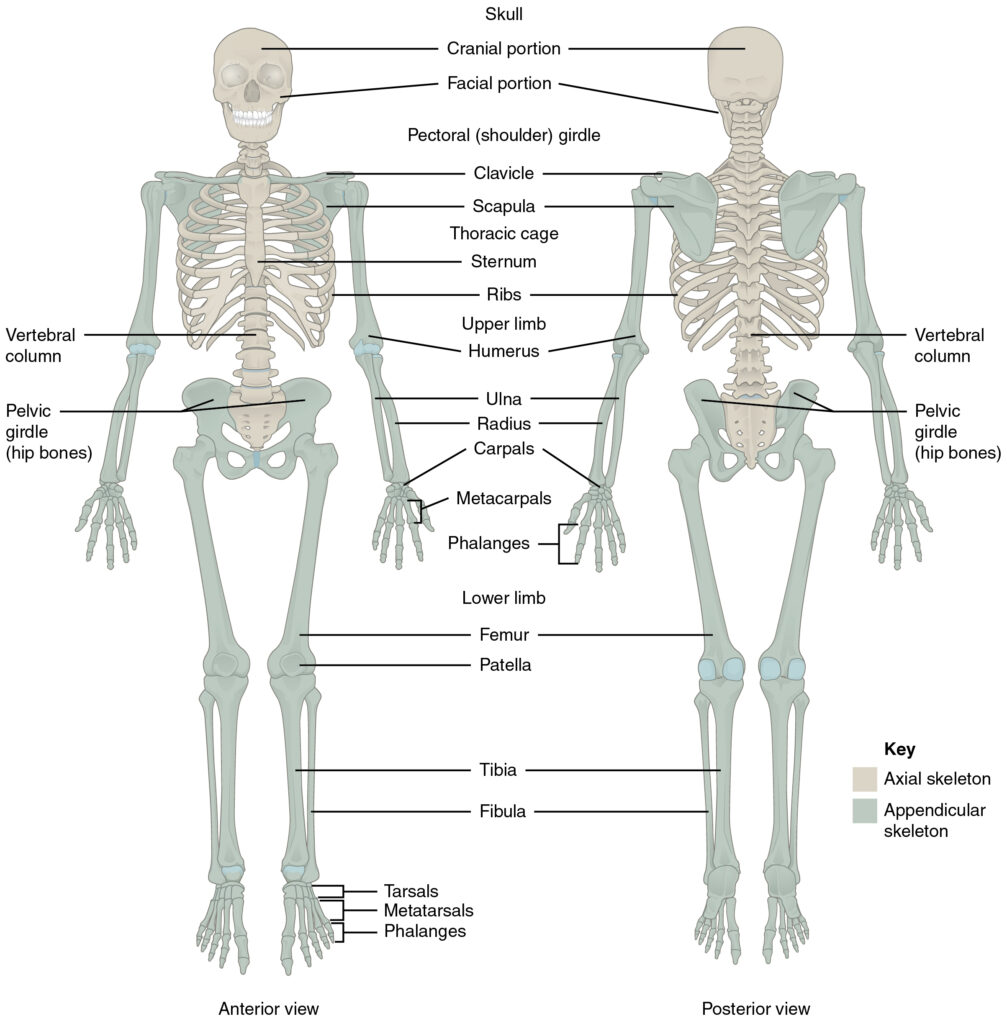
It’s good practice to know some of the main bones in the body; this will help when contacting the emergency services and informing them of possible broken bones.
Types of fractures
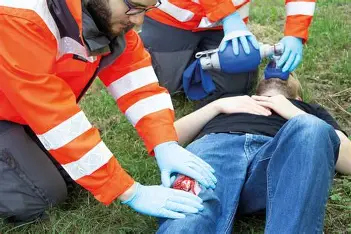
Open Fracture
An open fracture, also known as a compound fracture, is when a broken bone pierces through the skin or is exposed due to a wound at the fracture site. This type of injury is more serious than a closed fracture because it creates a direct pathway between the bone and the external environment, increasing the risk of infection.
Here’s what makes it particularly critical:
- Infection risk: Dirt and bacteria can enter the wound, so early treatment focuses on cleaning the area and preventing infection.
- Urgent care: It typically requires immediate IV antibiotics, tetanus prophylaxis, and surgical cleaning (debridement) followed by stabilization of the bone.
- Severity varies: Some open fractures are dramatic, with bone visibly protruding, while others may look like a small puncture but still involve deep tissue damage.
They’re often caused by high-energy trauma like car accidents or falls from height, and they can involve damage to muscles, nerves, and blood vessels around the bone
First aid for open fracture
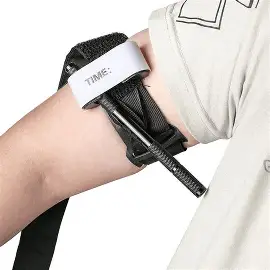
First aid for an open fracture is all about protecting the person from further harm, preventing infection, and getting emergency help as quickly as possible. It’s a traumatic and complicated injury, but quick, calm action can make a huge difference.
- Call emergency services immediately – Dial 999 and explain it’s an open fracture, with details of the injury
- Stop the bleeding – Apply pressure around the wound using a clean cloth or sterile dressing. Avoid pressing directly on any exposed bone if possible. Use a tourniquet if bleeding cannot be controlled.
- Cover the wound – Use a sterile dressing or clean, non-fluffy cloth to loosely cover the area. This helps reduce infection risk.
- Immobilise the injury – Support the injured limb above and below the break to prevent movement. If trained, you can use a splint; otherwise, just keep it still.
- Do not move the person unless they’re in immediate danger. Movement can worsen the injury.
- Treat for shock – Keep them warm and calm. Don’t give them anything to eat or drink in case surgery is needed.
- Monitor their condition – Watch for signs of shock like pale skin, rapid breathing, or confusion.
Closed Fracture
A closed fracture, also known as a simple fracture, is when a bone breaks but does not pierce the skin. Unlike an open fracture, there’s no external wound exposing the bone, which reduces the risk of infection, but it can still be quite serious.
Common signs include:
- Sudden, sharp pain at the injury site
- Swelling and bruising
- Difficulty moving the affected area
- Deformity or the limb looking “off”
- Warmth or redness around the area
Causes:
- Trauma: Falls, car accidents, or sports injuries
- Overuse: Stress fractures from repetitive motion
- Bone weakness: Conditions like osteoporosis or cancer
Treatment usually involves:
- Immobilisation with a cast or splint
- Pain management
- Physical therapy after healing
- Surgery, in some cases, is needed to realign or stabilise the bone
Even though the skin isn’t broken, a closed fracture can still damage surrounding tissues, so it’s important to get medical attention right away.
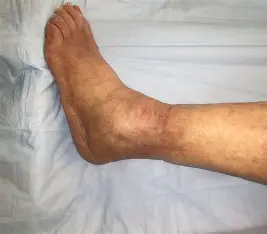
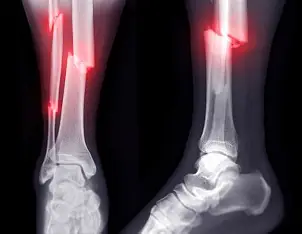
Complicated Fracture
A complicated fracture is a type of bone break that goes beyond just the bone—it involves damage to surrounding tissues, such as nerves, blood vessels, or even internal organs. That’s what makes it “complicated”—not just the break itself, but the collateral damage it causes.
Key features:
- Injury to nearby structures: This could mean nerve damage (causing numbness or paralysis), blood vessel injury (leading to internal bleeding), or organ damage (like a rib puncturing a lung).
- High risk of complications: Infection, shock, or long-term disability can occur if not treated promptly.
- Often caused by high-impact trauma: Think car accidents, major falls, or severe sports injuries.
Symptoms may include:
- Intense pain and swelling
- Deformity or abnormal movement
- Loss of sensation or movement in nearby areas
- Signs of internal bleeding or organ distress (e.g. coughing up blood if lungs are involved)
First aid priorities:
- Do not move the person unless necessary
- Control bleeding with gentle pressure (avoid pressing on bone)
- Immobilise the area if possible
- Call emergency services immediately
These fractures are medical emergencies and often require surgical intervention and intensive care
Green Stick
A greenstick fracture is a type of incomplete bone break that typically occurs in children under 10. Why? Because their bones are still soft and flexible, more like a young twig than a dry stick. When force is applied, the bone bends and cracks on one side but doesn’t break all the way through, just like trying to snap a green branch.
Key features:
- Partial break: One side of the bone breaks, the other side bends.
- Common in kids: Especially in the forearm (radius and ulna) or lower leg.
- Caused by falls or trauma: Often from catching themselves with an outstretched arm.
Symptoms:
- Pain and tenderness
- Swelling or bruising
- The limb may look slightly bent or deformed
- Limited movement or reluctance to use the limb
Treatment:
- Usually involves immobilisation with a cast
- In some cases, realignment (reduction) may be needed before casting
- Healing is typically quick in children, often within 4 to 8 weeks
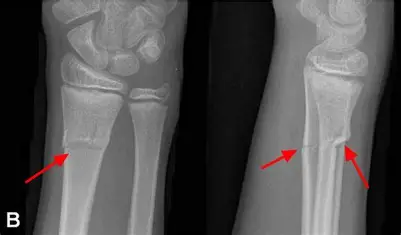
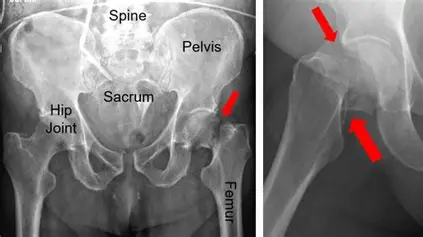
Neck Of Femur Fracture (NOFF)
“NOFF” typically stands for Neck of Femur Fracture, which is a type of hip fracture—a serious injury, especially common in older adults. It usually occurs in the upper part of the thigh bone (femur), just below the ball of the hip joint.
Why it matters:
- High risk in the elderly: Often caused by falls, especially in people with osteoporosis.
- Serious complications: Can lead to reduced mobility, long-term care needs, and even increased mortality if not treated promptly.
- Surgical treatment: Most cases require surgery—either fixation with screws/pins or hip replacement.
Symptoms
- Severe hip or groin pain, especially after a fall
- Inability to stand or walk on the affected leg
- Shortened and externally rotated leg (the foot points outward)
- Swelling or bruising around the hip area
- Pain on gentle movement of the leg
In Older Adults
- They may not always report pain clearly—look for:
- Confusion or agitation (delirium can be the first sign)
- Reluctance to move or bear weight
- Limping or dragging the leg
